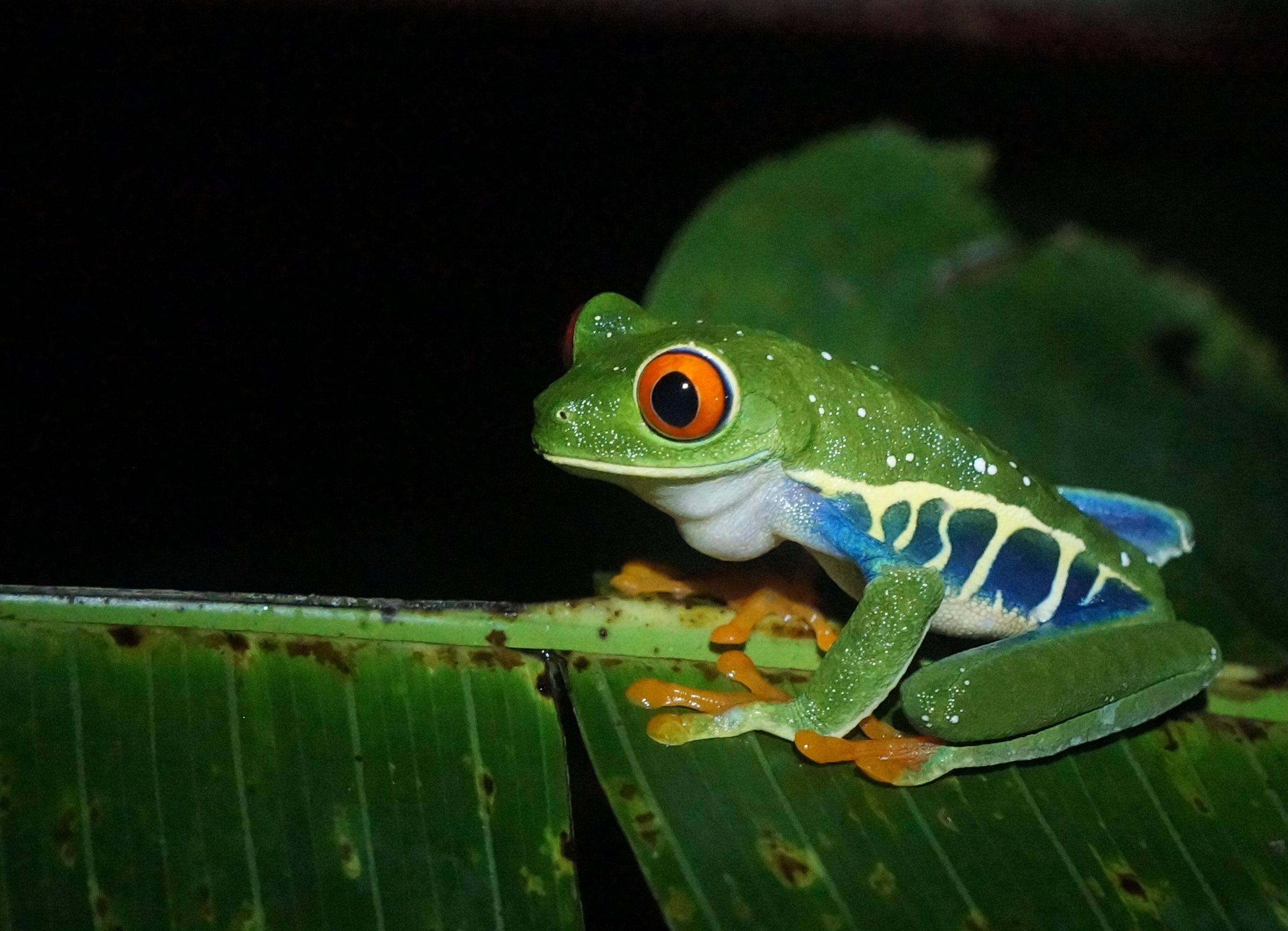
Scientists at NatureServe recently contributed to a new study that looks at whether conservation efforts in areas identified as priorities by species diversity can act as a surrogate for conserving phylogenetic and functional diversity.
Due to limited funds and resources, conservation practitioners tend to focus their work on areas of high species diversity, but recent studies question whether these efforts carry over to the other dimensions of biodiversity: phylogenetic and functional diversity. Phylogenetic diversity reflects evolutionary diversity – essentially the combined lengths of the branches of the tree of life represented by a group of species. Functional diversity is the diversity of the roles that species in a community play in their ecosystem, which, if it erodes away, can cause the entire community to collapse.
This new paper sheds a light on a nagging worry for many conservationists—do species-based plans also adequately cover phylogenetic and functional diversity? The study, which includes contributions from NatureServe’s former Chief Scientist and current Chief Zoologist, looks at more than 10,000 terrestrial vertebrate species across the Americas to evaluate surrogacy—that is, the proportion of phylogenetic or functional diversity represented in conservation plans targeting species. What they found is that most conservation plans targeting species diversity also represent the other two dimensions well.
Previous studies on this topic look at where mapped conservation priority regions based on species diversity differ from areas of high phylogenetic or function diversity, and conclude that these spatial mismatches offer low surrogacy between dimensions. However, surrogacy cannot be assessed by looking for areas of correlation between the dimensions of biodiversity on a map.
While not all phylogenetic and functional diversity is represented in species-based plans, targeting species diversity could be enough to preserve much of the other two dimensions of biodiversity in terrestrial vertebrates in the Americas. Specifically targeting conservation efforts on phylogenetic and functional diversity may not be necessary, especially when it can be so costly to do so. These findings will help simplify conservation planning and save conservation practitioners time and money, both of which are extremely limited resources.
Read the full article here.
Read more about this research in this blog post written by lead author Giovanni Rapacciuolo.